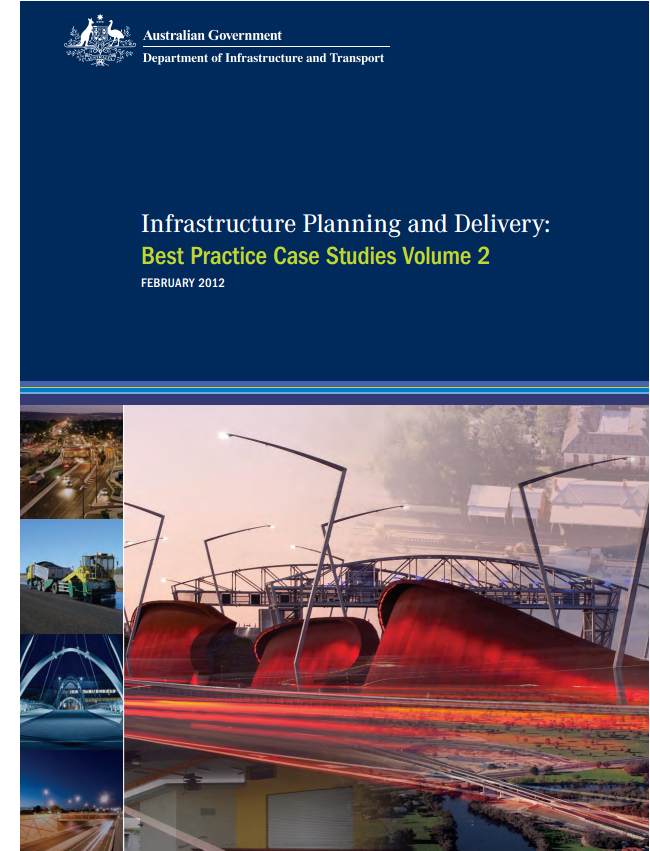Publications
Filter by
500 results found
This paper presents the state of infrastructure in developing Asian countries, in particular how the development of this infrastructure has correlated with past and current growth in Asia.

This report on Infrastructure Transition Pathways, prepared for the G20, examines what governments are doing to incorporate infrastructure transition pathways into their infrastructure plans.


This booklet aims to provide a platform for sharing the knowledge gained through a review of best practice case studies within Australia s public sector.


This paper discusses some of the main challenges in developing a robust and viable project pipeline to address the daunting infrastructure needs facing many countries worldwide.

Infrastructure Monitor is the GI Hub's annual flagship report on the state of investment in infrastructure.


The study analyses gaps and trends in investment infrastructure in the Western Balkans.

The paper discusses the potential contribution of transport infrastructure to regional growth in the years following the GFC.


The Infrastructure Investment Policy Blueprint offers a practical set of recommendations for governments on attracting private capital for infrastructure projects while creating clear social and economic value for their citizens.



The Nabarro Infrastructure Index is a composite index, based on empirical and verifiable sources, which have been aggregated and weighted for application to listed countries to provide a unique tool to assist in the decision-making process.



Canada and British Columbia agree on the need for high-quality, modern public infrastructure that contributes to long-term economic growth, a clean environment and strong communities.


Infrastructure Financing Trends in Africa – 2017 is the Infrastructure Consortium for Africa’s (ICA’s) annual report on how financial resources are being mobilised to facilitate the development of the continent’s transport, water and sanitation, energy and ICT sectors.
ICA’s flagship report, Infrastructure Financing Trends in Africa, shows trends of financing flows to infrastructure projects in Africa based on collected data from various stakeholders.

This paper expands upon existing literature by proposing a wider definition of what constitutes green infrastructure. We then develop a holistic cost model by defining and quantifying the investment categories that should be considered part of green infrastructure.
The Infrastructure Finance in the Developing World Working Paper Series is a joint research effort by the Global Green Growth Institute and the G-24 that explores the challenges and opportunities for scaling up infrastructure finance in emerging markets and developing countries.
This publication analyses the relationship between several infrastructure indicators and income inequality in urban areas of the People’s Republic of China.

The government s Infrastructure Delivery Management System comprises three core systems, namely a planning and budgeting system, a supply chain management system, and an asset management system, all of which have forward and backward linkages.

The 2023 Infrastructure Market Capacity report explains that a sustained focus on improving the productivity of the construction sector, increasing material and labour supply while continuing to actively manage demand, are crucial to the future success of the industry.

This paper argues that with the rapid urbanization in Southeast Asia, local government units (LGUs) in Southeast Asia are comparable to their counterparts in Canada and therefore should move to a comprehensive/beneficial asset management system.


Infrastructure 100, a global panel of independent industry experts identified 100 of the world s most inspirational and innovative infrastructure projects.






 Transition Pathways
Transition Pathways


